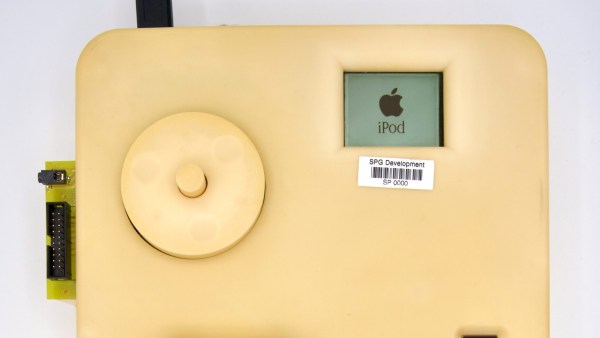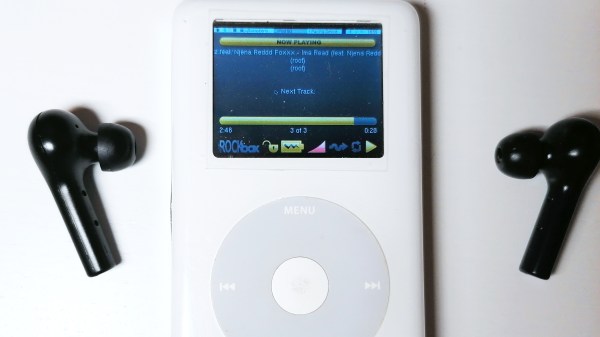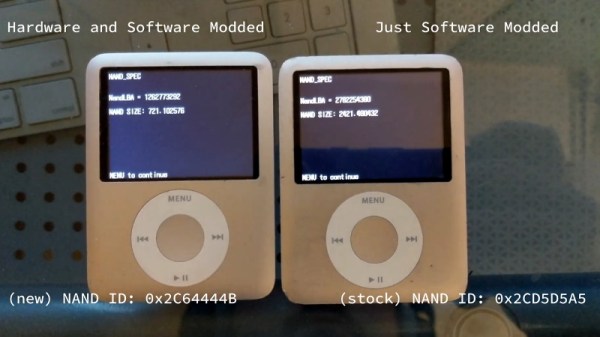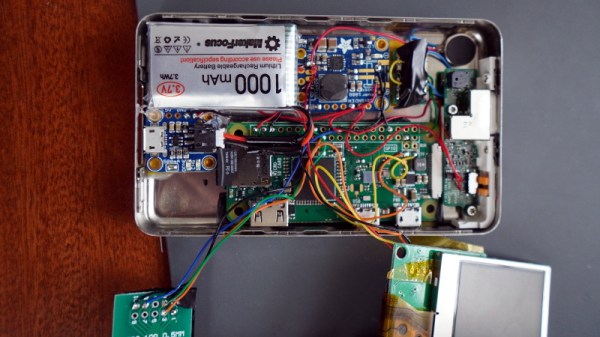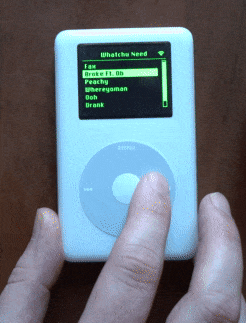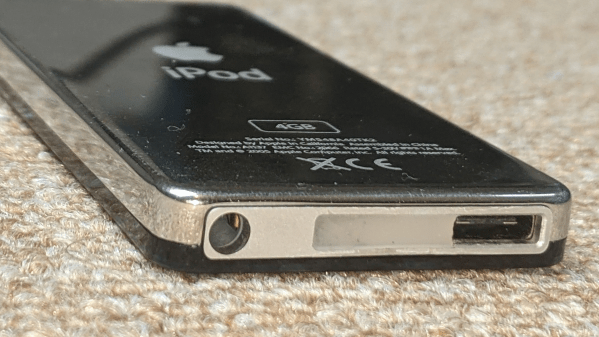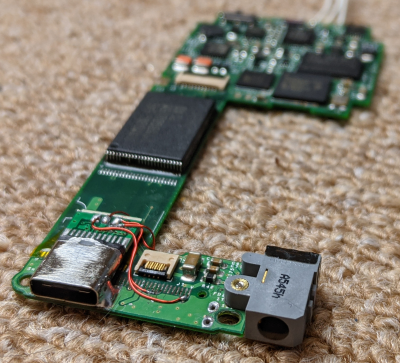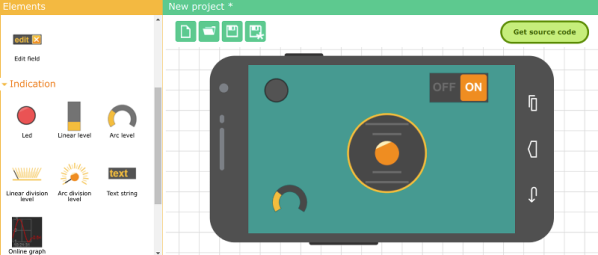Have you ever wondered what consumer electronics look like when they’re in the ugly prototype stages? So have we. And thanks to [Cabel] of at Panic.com, we have a rare glimpse at a prototype first generation Apple iPod.
In the days before you could just stream your favorite music directly from your phone and into your Bluetooth speaker, pods, or car, there was the Sony Walkman and various portable tape players. Then there were portable CD players. As MP3’s became a popular format, CD players that could play MP3’s on home made CD’s were popular. Some portable digital media players came to market in the mid 1990’s. But in October of 2001, the scene changed forever when Apple unveiled the first generation iPod.
Of course, the iPod didn’t start out being so svelte, shiny, and downright cool. This engineering prototype has been hiding in [Cabel]’s closet for almost 20 years and they’ve just now decided to share with us its hilariously oversized case, JTAG port, and square pushbuttons that look like they came from a local electronics supply house. As [Cabel] brings out in the excellent writeup, the hardware itself is very close to production level, and the date on the prototype is very near the actual product launch.
Of course prototyping is an essential part of building any product, production or otherwise. Having a gander at such pre-production devices like this, or these off-ear speaker prototype for Valve’s VR headset reminds us just how important even the ugliest prototypes can be.
Have you got any pre-production nuggets to share with the world? Be sure to let us know by dropping a note in the Tip Line, and thanks to [jp] who sent this one in!

